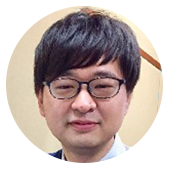The movie is an adaptation of a short story by novelist Murakami Haruki. Lead actor Nishijima Hidetoshi plays an actor-director grieving the death of his wife. He must come to terms with the secrets he discovers about her while being driven around by a female chauffeur.
Glowing praise in Cannes
"Drive My Car" earned a standing ovation at the end of its screening in Cannes. "It was a perfect film from start to finish," enthused one audience member. "The actors were all wonderful, too."
The critics were also generous, including Frédéric Mercier. "Films often tend to formally floor us and 'show their muscles,' he explained. "But with Hamaguchi, we're on what you might call friendly ground, so we can go into listening mode and 'hear' what's being played and what's being said; and listen, in particular, to the characters and what happens to them. There's a serenity in his work, and I would say it's as if we are invited to enter his movies."
At the award ceremony, Hamaguchi proudly read out the names of his cast. "If people thought the screenplay was wonderful, that means the actors who brought the story to life were really good. They are my story," he said.
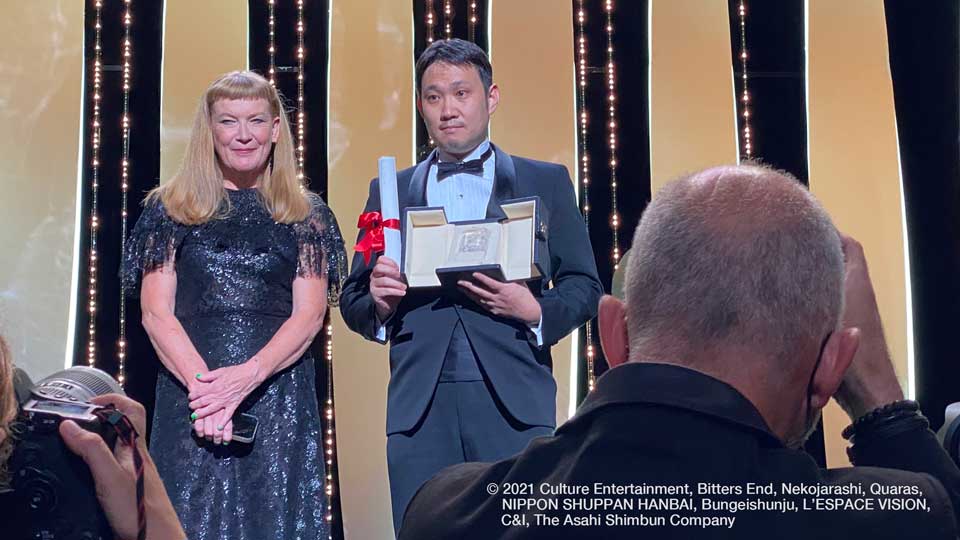
Unorthodox style gets results
The way Hamaguchi prepares his actors has become a real talking point. At read-throughs of the script, he asks them to say their lines devoid of any emotion – as if reciting a telephone book. They are asked to do the same day after day, sometimes changing speed and tone of delivery.
It might sound monotonous, but lead actor Nishijima says the results come to fruition when it matters most – often with profound results. "Every time we shoot a scene, and my co-actors put their emotions into their lines, I feel moved. Like, all of a sudden, the person appears alive, right before my eyes. It's a strange sensation. I think my acting in the film is totally different from previous performances," he says.
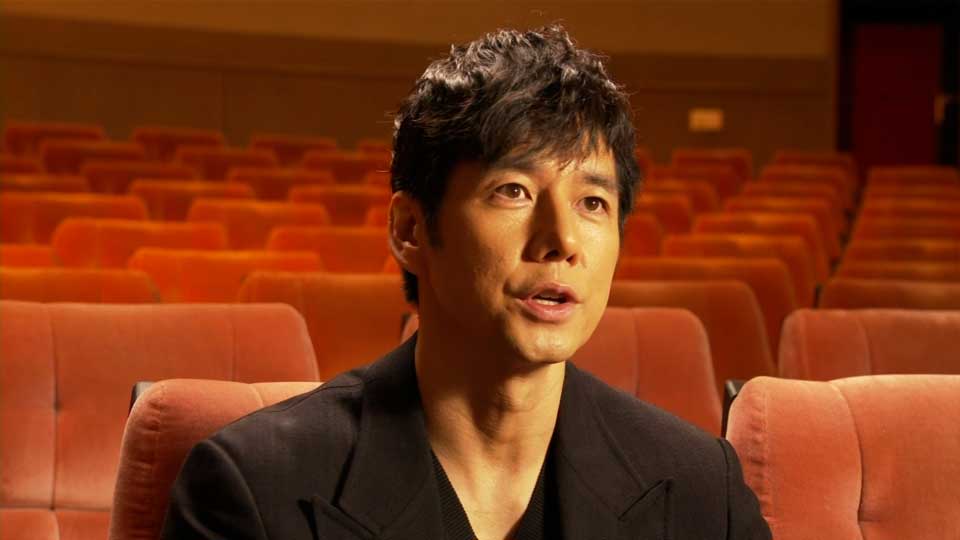
Hamaguchi believes the emotionless repetition helps the actors become more grounded in their characters, so that when the cameras are rolling for real, they're living in the moment. "We all agreed that the best way is not to decide with what tone we act. I believe the essence comes out when the actors carefully see and listen to each other," he says.
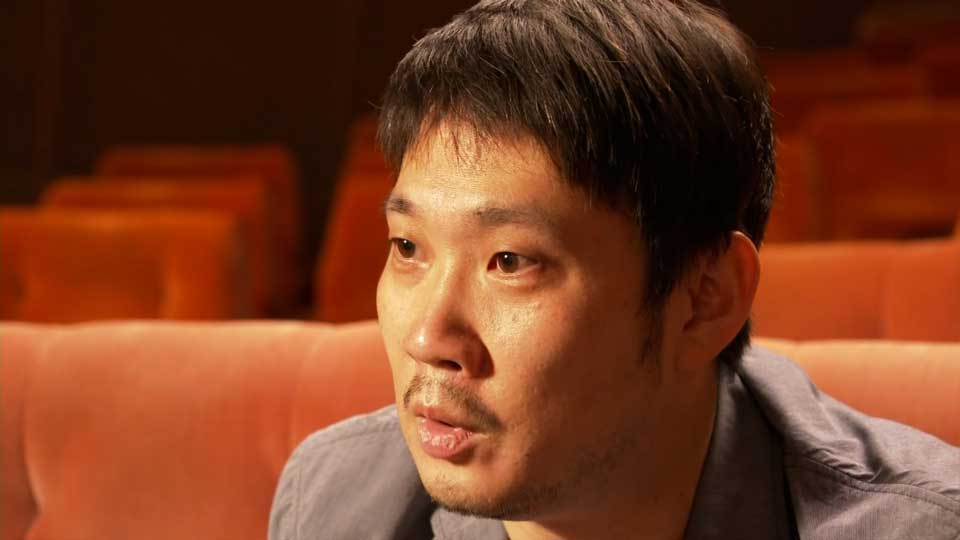
The pursuit of realism
In Hamaguchi's 2015 movie "Happy Hours", almost all the cast had no acting experience, including the four female leads. After thinking carefully about how to get the best out of them, the director wrote subtexts depicting the backstories of the characters. He even included scripts of past conversations, and asked the actors to do the scenes. What wasn't in the movie still proved to be an essential part of character development. The four leads, who had a deeper understanding of their roles and the movie's setting, shared the Best Actress Award at the 2015 Locarno Film Festival in Switzerland.
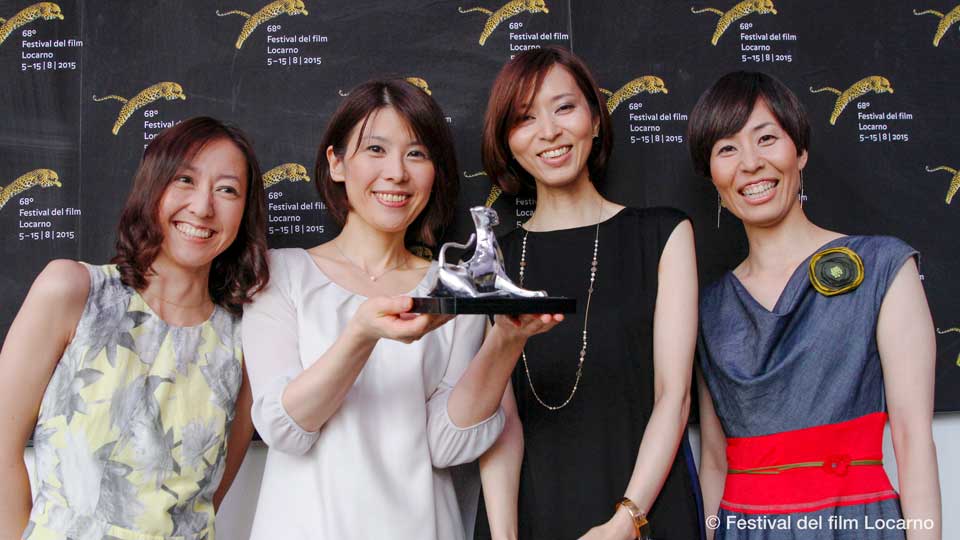
Hamaguchi used the same methods for "Drive My Car", even for actors with a wealth of experience. "Sometimes, they create scenes that make you think the whole conversation is real. What I do, it's a bit like making a documentary with actors … I shoot them performing, and they naturally create the story," he says.
Hamaguchi's techniques have made a lasting impression on two of the film's female actors. "The lines in Hamaguchi's script consist of words and expressions that we can absorb and speak as our own when reading them out over and over again," says Miura Toko, who played the chauffeur.
Kirishima Reika, who played the protagonist's wife, says, "I think miracles can happen when we act naturally. With Hamaguchi, we start shooting without anything binding us, so it's easier for us to give such good performances."
Editing with an old friend
Hamaguchi studied film production at Tokyo University of the Arts. Yamazaki Azusa, one of his former classmates, edited "Drive My Car." After the Cannes Film Festival, they both attended a talk organized by their alma mater. Yamazaki shed light on Hamaguchi's style in the cutting room – specifically, his insistence on viewing every single piece of footage first. "What impressed me was the way he said, let's 'turn over all the cards'. He checks what has been filmed, and then decides what not to use. Prior to shooting, he has no ideas about the way his scenes will be edited."
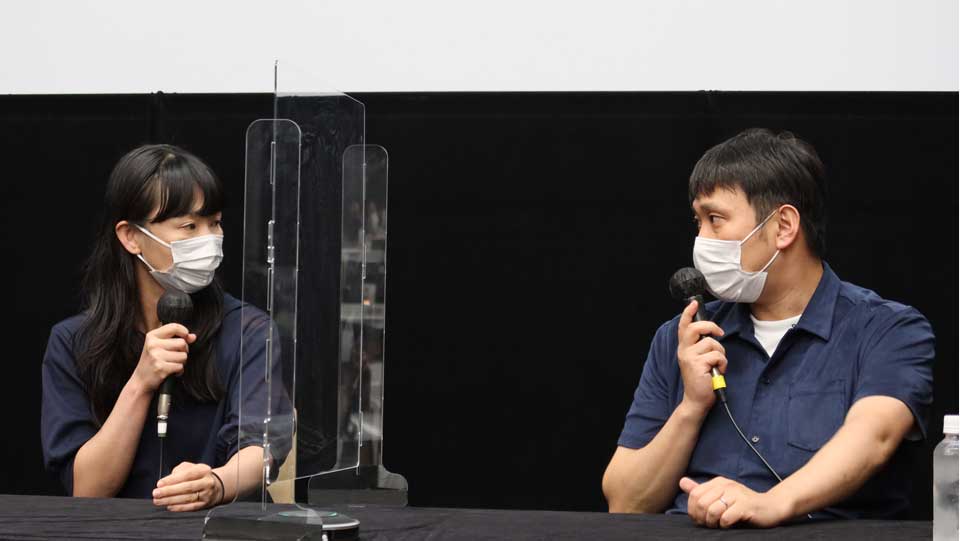
Hamaguchi says this process affords him greater objectivity. "I do my best to observe what we are shooting, but what I can say from my 20 years of making films is that I really cannot trust what I see with my own eyes. There were many scenes that I thought weren't so great, until looking again afterward … When creating scenarios and editing, it's always better to work with someone else. After all, I believe I can't evaluate what I'm creating."

